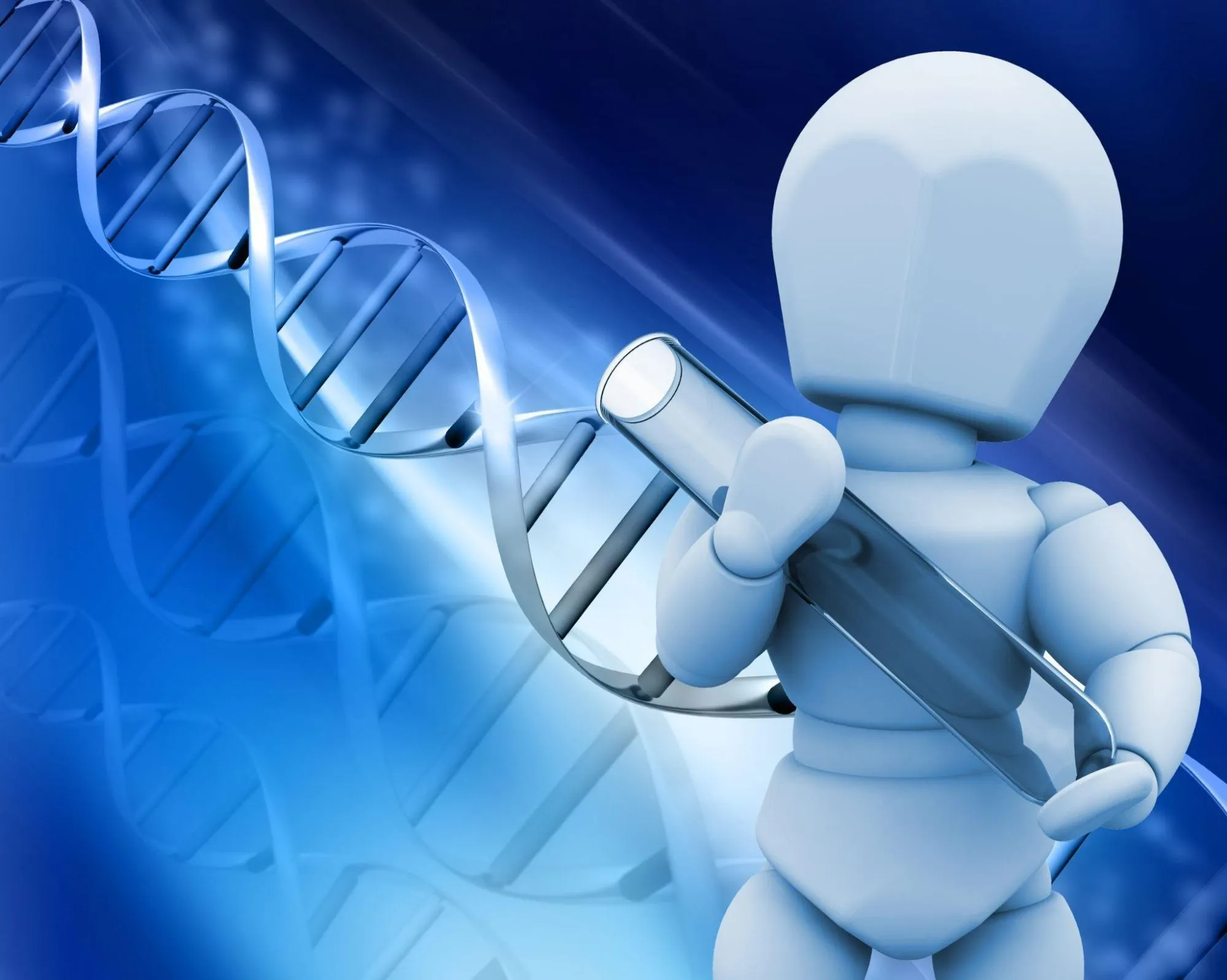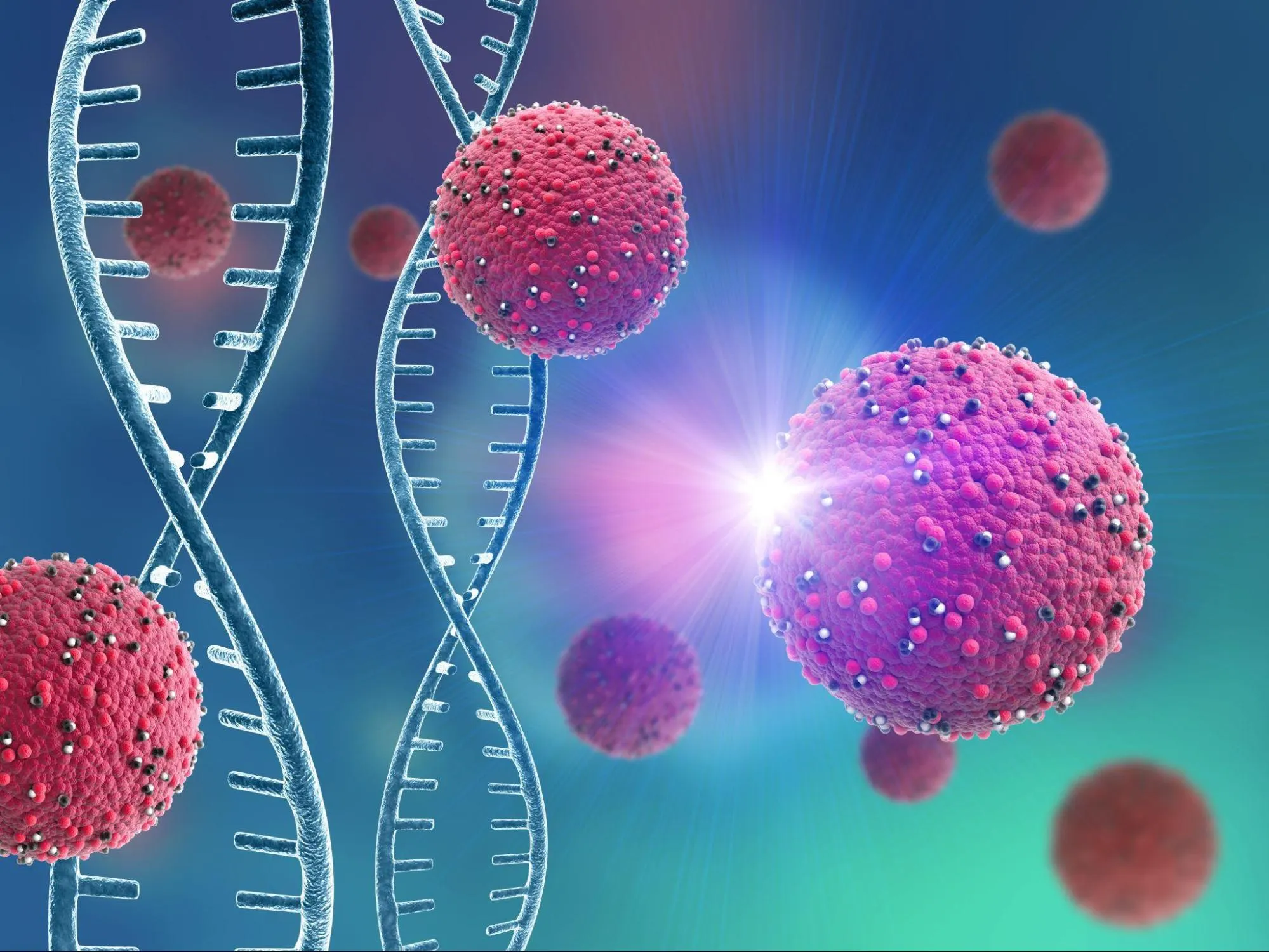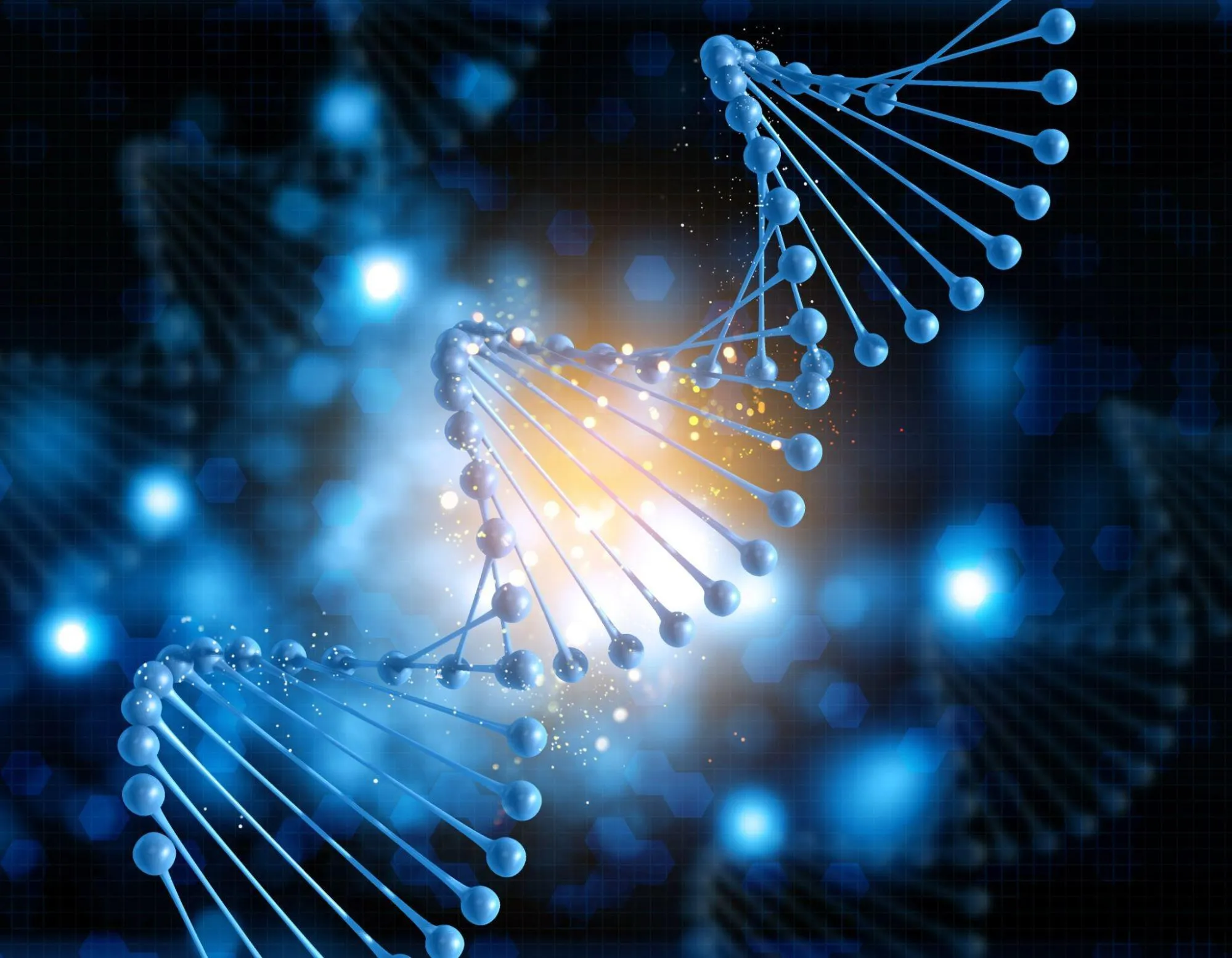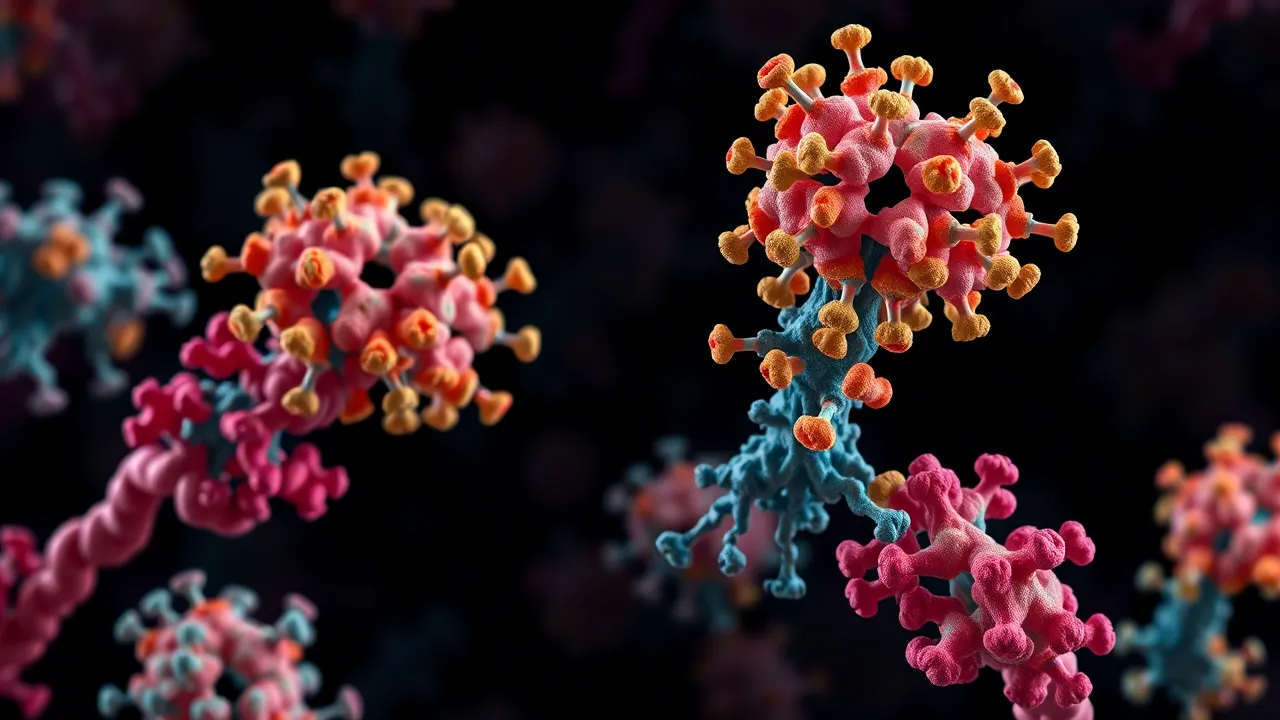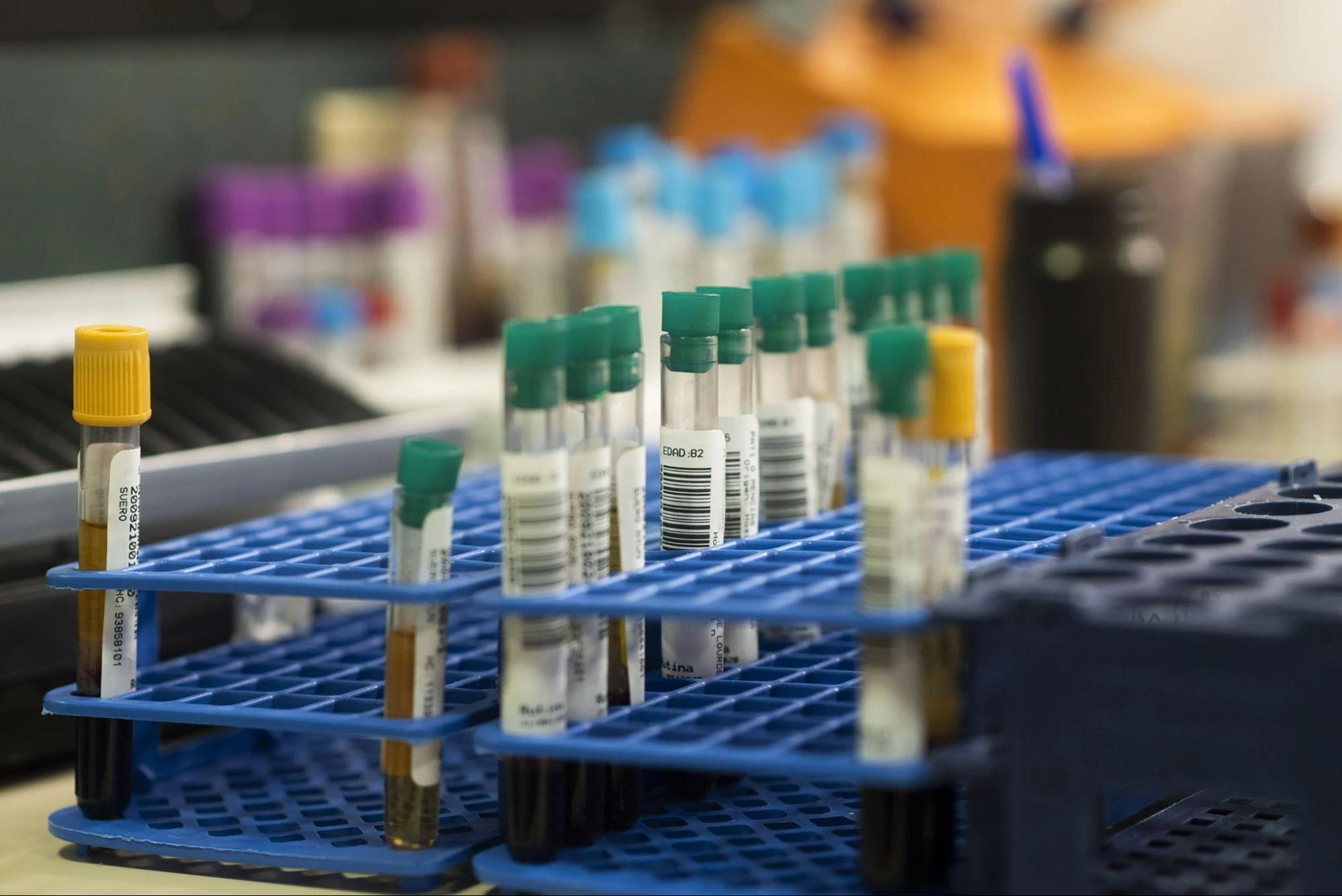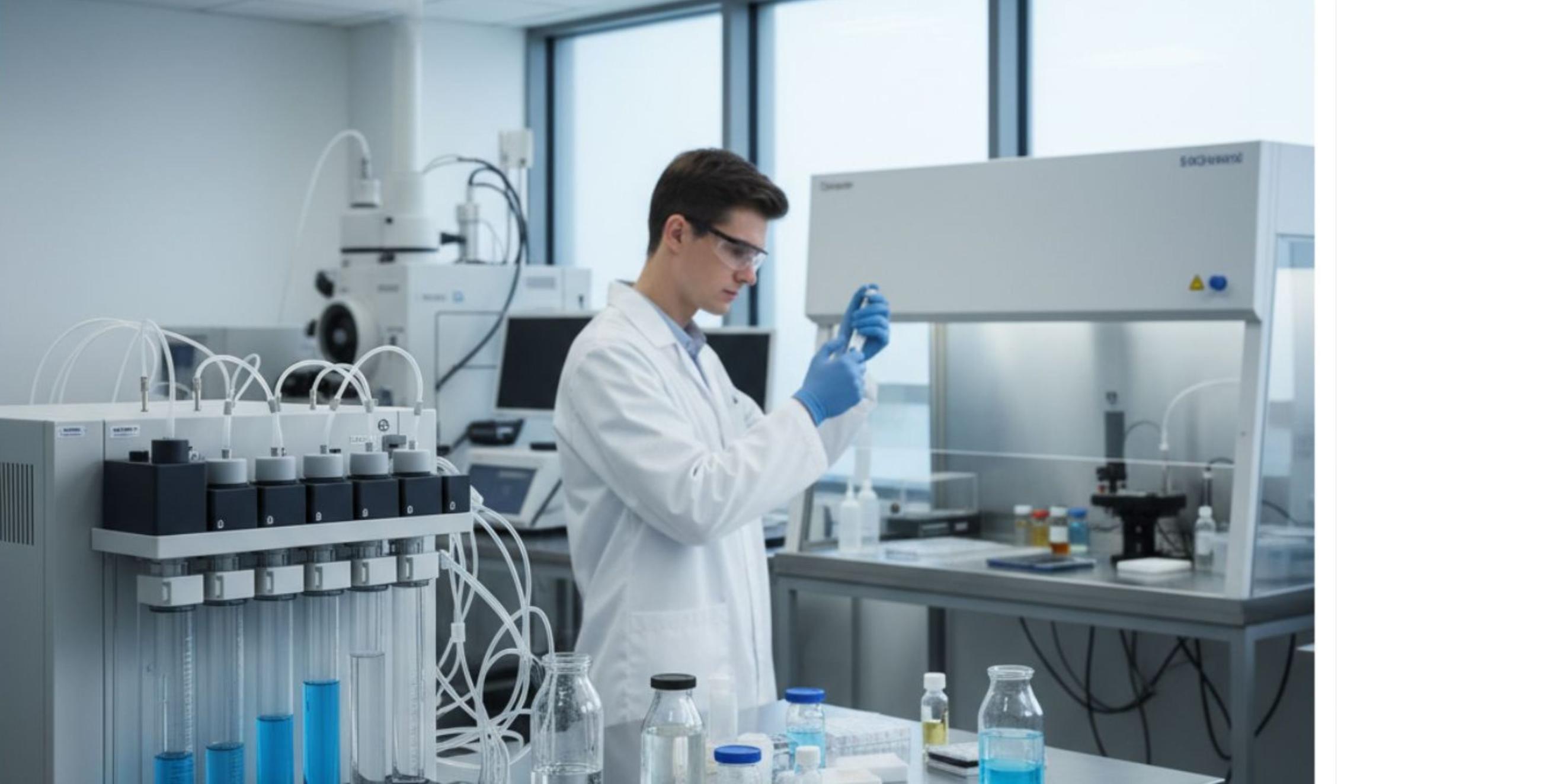How do “Active” Proteins Work in Biological Systems?
In this Article
All of the products listed in AAA Biotech’s catalog are strictly for research-use only (RUO).
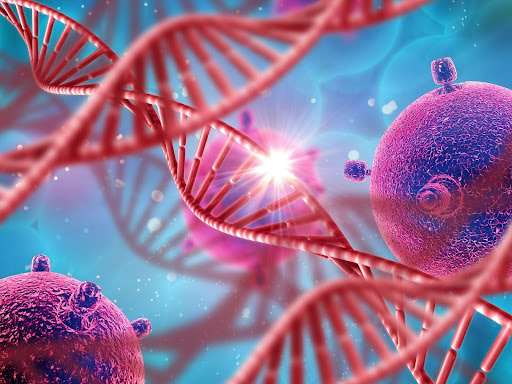
It was Gerardus Johannes Mulder, a Dutch chemist and great protein scholar, who first elucidated these phenomena. The actual name "protein" was then suggested in 1838 by a Swedish chemist by the name of Jöns Jacob Berzelius. Scientists have built upon these very early discoveries and bedrock foundations, and gained a deeper understanding of proteins and their crucial role in all of life’s biological processes.
Key Takeaways
Proteins are important molecules that carry out the essential processes within the body – such as repair, growth, immunity, and many, many, more. A protein is only biologically “active” when it has the correct 3D shape and structure (conformation). Denaturation can damage proteins, and often results in causing them to become inactive. Scientists can perform any one of many different lab tests to measure how “active” a given protein is. For instance, “protease” activity can be tracked via the use of fluorescence-based methods and the requisite measurement instruments.
Proteins are large, complex molecules found in all living things. They play a
role in essentially everything that our bodies do, such as growth, healing,
movement, and even reproduction. In short, proteins are absolutely essential for
“life” as we know it.
Each protein is made from small building blocks known as “amino acids”, which are linked together like beads on a string. These amino acid “beads” form long strands, and these long amino acid strands fold into unique 3D shapes, and it is precisely these shapes that determine what a given protein will do in the body.
There are different levels, or tiers, when it comes to protein structure. The tiers are referred to as “primary”, “secondary”, “tertiary”, and “quaternary”. The protein’s characteristics at each of these tiers dictates how the protein functions.
Proteins have extremely varied functions. Their biological role/function is dependent upon its activity. One can view proteins’ biological activities with five different lenses -
Definition Protein Denaturation Detection Research Significance Applications.What Is the Biological Function of Proteins?
The “biological activity” of a protein simply refers to whether or not the protein is working and performing its job in the body. A protein must be "active" in order to carry out its specific function — whether that’s helping with digestion, fighting infections, building tissues, etc.
We refer to a working protein as an “active” protein. In general, proteins made naturally by the body (called native proteins) are going to be active. However, proteins manufactured in a laboratory, such as recombinant proteins (which are often used in medicine or research), are not always active.
That is because making these proteins is a very complex process, and many factors, such as the tools used to make them, how they’re purified, and the environment they’re in, can affect whether or not they work properly (how they otherwise would if naturally produced by the body).
What Is Protein Denaturation?
Proteins require a specific 3D shape (conformation) to work properly. If something causes them to lose that shape—such as exposure to heat, strong chemicals, or harsh light—their structures can be altered, and they can stop working. This is called protein denaturation.
When a protein is denatured, it undergoes physical and/or chemical changes. It usually becomes insoluble (can’t dissolve in water), and loses its original function. In simple terms, a denatured protein is broken and can no longer do its intended job.
For example, if the protein is an enzyme, it will lose its ability to catalyze or speed up chemical reactions.
Once a protein is denatured, the damage is usually permanent and cannot be reversed.
Common causes of denaturation include:
High temperatures (such as those during boiling) Strong acids or bases UV light Vigorous shaking or stirringMeasuring the Biological Activity of Proteins
Why Is It Important to Test Protein Activity?
A protein’s ability to do its job—its biological activity—depends on several things -
It's 3D shape (conformation) Any chemical modifications it has The environment it’s inEven small changes in any one or more can affect how well the protein works (if it works at all).
Today, due to advances in science and the corresponding technology, we often will create proteins using lab-produced systems instead of extracting them from natural (animal, human, microorganism, etc.) sources.
The method is more efficient but comes with a catch: the process can sometimes result in the protein’s shape or structure being different than that of its native/natural counterpart. These changes in shape/structure can have the effect of reducing or even completely preventing its activity.
That’s why it is important to test each protein, if made in a laboratory particularly, to make sure that it has retained its active – protein activity testing is critically important in the fields of research and medicine.
How Can We Detect A Protein’s Activity?
1. Cell Proliferation Assay
Used frequently to test proteins – those proteins whose function/activity is involved with causing cells to grow and multiply.
The test checks whether a protein can improve the growth of certain cells.
One popular method is the CCK-8 test (short for "cell counting kit-8"). It uses a special chemical that can be converted into an orange colored molecule. The orange color production occurs when cells are active and multiplying.
If the cells grow faster, the orange color becomes darker/more intense. The amount of color change correlates with how active the protein is. There’s a direct link between the number of cells and the intensity of the color. If there are more cells, then this means there will be more color produced/detected.2. Chemotaxis Assay
Used frequently for proteins that guide the movement of cells (such as immune cells). Some examples are:
chemokines cytokines“Chemotaxis” refers to cell movement triggered by a chemical signal.
In this test, immune cells (like neutrophils or monocytes) are placed above a filter. However, the chemokine (the chemokine is the “signal” for the cell to move, once it comes in contact with the cell) is placed below it. The chemokine forms a chemical trail through the filter. If the protein is active, the cells will move through the filter and stick to it. Scientists then count how many cells made it through to see how strong the protein’s “chemoattractant” effect is.3. Functional ELISA Assay
Used frequently for detecting activity in certain signaling pathways. Can be testing:
proteins receptors chemokinesELISA (short for Enzyme-Linked Immunosorbent Assay) uses antibodies to immobilize and quantify specific proteins.
In a functional ELISA, the focus isn’t just on finding the protein, but also on checking whether it’s doing what it’s supposed to do.
How Do Scientists Measure Protease Activity?
Proteases are enzymes that break down proteins into smaller parts (or even down to its basic building blocks, amino acids).
Scientists can use many methods to check if a protease is active and how strong its activity is.
Each method will measure a different aspect of what happens when a protein is broken down.
Here are some of the typical techniques used:
1. Formaldehyde Titration
Measures how much protein the protease has broken down.
How it works: The protease breaks proteins into amino acids, and these amino acids react with the assay’s formaldehyde.
Subsequently, scientists add a chemical (NaOH) which causes a further reaction, after which they can quantify how many amino acids are present.
The more amino acids, the more active the protease.
2. Folin-Phenol Method
It detects how many “special” amino acids are produced when proteins are broken down.
What happens in this test?
Some amino acids (like tyrosine and tryptophan) react with the test’s Folin-phenol reagent, which produces a blue color.
The more intense the blue color is that results, the more active the protease is.
3. DHT-Casein Method
Utilizes color changes to measure protease activity in a more advanced way.
Proteins are tagged with a special yellow dye to make DHT-casein.
When protease breaks down the DHT-casein, the resulting fragments (DHT-peptides) react with metal ions in the test’s environment to produce a red color. This red color can then be measured via specialized instruments.
The redder the color is that is produced, the more active the protease.
4. DNA-Ethidium Bromide Fluorescence Assay
Utilizes DNA and a glowing dye to measure how protease affects certain protein-DNA complexes.
Ethidium bromide is a dye that glows when it slips between DNA strands. If histone proteins are interacting with the DNA, blocking some of this “slipping” of the ethidium bromide into the DNA, the glow is weaker.
When the protease breaks down the histones, more dye can reach the DNA, and a greater “glow” signal is produced. The brighter the glow, the more active the protease.
5. Colorimetric Method
This is a method that is often used to test protease activity in soil or other kinds of environmental samples.
How does it work? The protease will break down proteins into amino acids.
These amino acids react with certain chemicals (like copper salts or ninhydrin). These reactions will create a colored molecule product, and change the color of the solution. The deeper the color, the higher the enzyme (protease) activity.
What Are The Applications Of Protein Activities in Biology?
Proteins have many important jobs in living organisms. Additionally, their biological activities are used in lots of areas of biology and research. Here are a few key ways it's applied:
1. Protein Interactions
Proteins often need to work with one another in order to accomplish their jobs. These interactions help regulate important processes in the body, such as cellular growth and immune system response.
When scientists are progressively able to characterize how proteins interact with one another, we can learn more about what a specific protein does. Further, they advance the characterization of how it affects other parts of the cell.
2. Protein Chips (Protein Microarrays)
A protein chip is a tool that lets scientists study many proteins at once. It is utilizes a small surface—like a glass slide—covered with different proteins. This method is effective at tracking:
How proteins interact with each other How active each protein is What specific role a protein plays in cellsIt’s a fast and efficient way to study proteins, especially when working with large amounts of data.
3. Antibody Validation
Antibodies are often-used laboratory tools that scientists utilize for detecting or targeting specific proteins. But not all antibodies work as expected.
If an antibody isn’t properly tested/validated, it could potentially bind to the wrong target, leading to unreliable results, wasted time, and extra costs.
Antibody validation is the process of making sure an antibody:
Recognizes the right protein (specificity) Binds strongly and reliably (affinity) Works correctly in real experiments or testsTo Sum Up
Proteins carry out countless essential tasks in every living organism. However, what makes a protein truly powerful is its biological activity (its ability to perform a specific function).
They can speed up chemical reactions, supports cell growth, and even coordinate with larger complex biological processes in order to carry out incredibly precise functions.
When one knows how a protein become active, what can affect its activity, and how to measure it in the laboratory, the entire scientific community can utilize and apply the knowledge to help unlock many of the mysteries that remain in biology and medicine.

